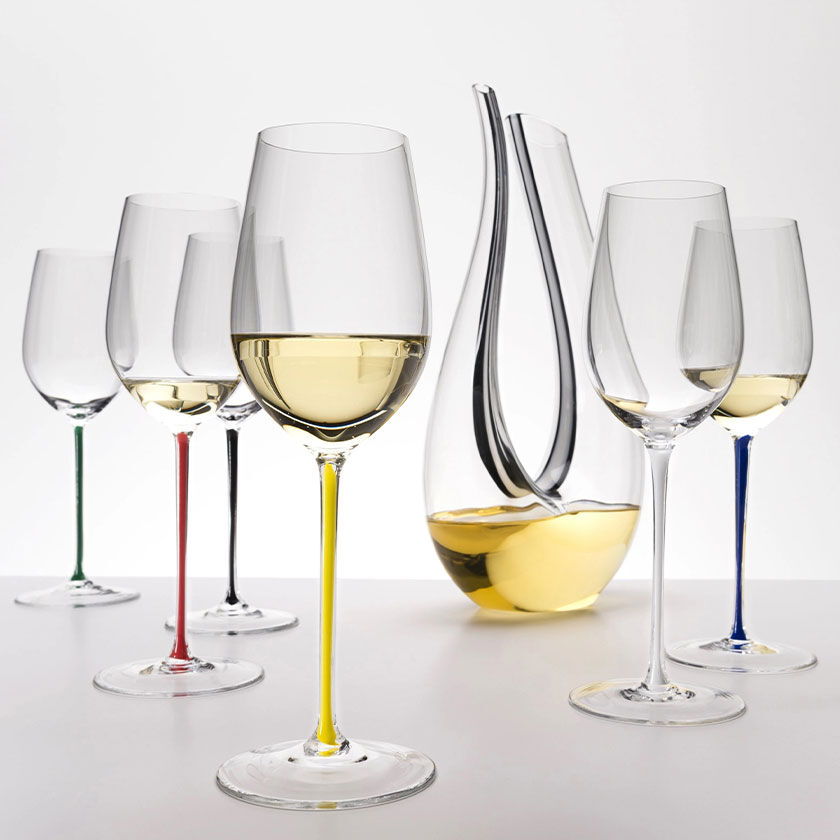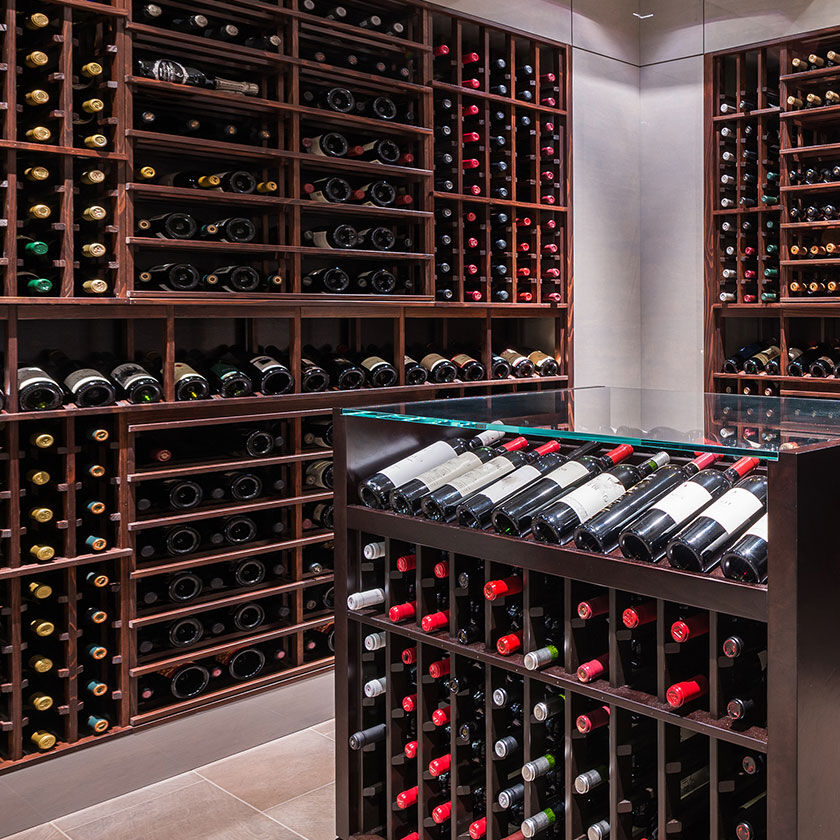
Bin Numbers. The secret of where to find Penfolds finest.
A little-known fact about Penfolds is the historical meaning of their Bin numbered wines. The moniker ‘Bin’ originated from the storage location (BIN) in the Penfolds Magill Estate cellars in South Australia, where their wines were historically stored for maturation.
Max Schubert, the creator of Grange, started the Penfolds Bin system by labelling his first experimental Grange (then Grange Hermitage) as Bin 1 – the original location of the 1951 vintage. In 1959 the Penfolds winemaking team set about to create a Shiraz using grapes from their Barossa vineyards. They sourced parcels of fruit from their Kalimna vineyard and crafted their Bin 28 Shiraz, which was to become the first of Penfolds official Bin numbered wines.
Nowadays, the story behind each wine name varies. Here are the stories of some of our favourite Penfolds wines:
Bin 8 Shiraz Cabernet
First vintage 2003 | Multi Region | McLaren Vale, Wrattonbully, Padthaway, Coonawarra, Robe, Barossa Valley, Langhorne Creek
Crafted in traditional Penfolds style. A generous wine with balanced fruit flavours and softly integrated oak. Its Bin number was allocated not due to its position but because it uses the same oak barrels previously used for Bin 128, Bin 28 and Bin 389 – the ‘8’ being the common denominator.
Bin 23 Pinot Noir
First vintage 2009 | Multi Region | Henty, Adelaide Hills, Tasmania
Named after the cellar in which it is matured - ‘Cellar 23’ at Magill Estate. A bold and evolving style with strawberry hues and cherry-like characters.
Bin 28 Shiraz
First vintage 1959 | Multi Region | McLaren Vale, Padthaway, Wrattonbully, Clare Valley, Barossa Valley
Named after the famous Kalimna vineyard from which fruit was originally sourced. A showcase of warm climate Australian Shiraz. The flagship Bin 28 was in production whilst Grange was being made in secret.
Bin 144 Yattarna Chardonnay
First vintage 1995 | Multi Region | Adelaide Hills, Tumbarumba, Henty, Derwent Valley, Coal Valley, Central Highlands
Arguably one of the most anticipated white wine releases in Australian history – dubbed by the media as “White Grange”, gracing the front pages of national newspapers. Its name is drawn from the local indigenous language, meaning ‘little by little, gradually’. The result of 144 trials.
Bin 149 Cabernet Sauvignon
First vintage 2018 | International | Napa Valley, South Australia
A wine of distinction with meticulous vineyard and block selection. Its name derived from the percentage of South Australian Cabernet Sauvignon in the blend.
Bin 389 Cabernet Shiraz
First vintage 1960 | Multi Region | McLaren Vale, Barossa Valley, Padthaway
Developed by Max Schubert, capturing parcels narrowly missed for Grange and matured in the same barrels as the previous vintage of Grange and affectionately known as Baby Grange.
Bin 407 Cabernet Sauvignon
First vintage 1990 | Multi Region | McLaren Vale, Barossa Valley, Coonawarra, Padthaway, Wrattonbully
Increased availability of premium Cabernet Sauvignon fruit inspired this varietally expressive wine. Showcases impeccable varietal characteristics with trademark blackcurrant fruit.
FWT Bin 585 Cabernet Merlot Petit Verdot
First vintage 2019 | International | Bordeaux, Haut-Médoc
FWT is an acronym for ‘French Winemaking Trial’. Fruit is sourced from exceptional vineyards across the Médoc region using time-honoured Penfolds techniques. The Bin number was derived from Max Schubert’s total expenses from his first trip to Bordeaux in 1951.
Bin 600 Cabernet Shiraz
First vintage 2018 | International | Napa Valley, Sonoma, Paso Robles
Named after the original name of the vineyard ‘Creston 600 Ranch’, which is intrinsically linked to Penfolds beginning in California. Quintessential Australian blend, distinctly Penfolds yet altogether different being from Californian soil.
Bin 704 Cabernet Sauvignon
First vintage 2018 | International | Napa Valley
A wine that seeks to redefine Napa Valley Cabernet through Penfolds winemaking traditions and innovation. Its name a mirror image of its stablemate Bin 407.
RWT Bin 798 Barossa Valley Shiraz
First vintage 1997 | Single Region | Barossa Valley
RWT is an acronym for ‘Red Winemaking Trial’, a term given during the wine’s experimental phase. Bin 798 wasn’t bestowed upon the wine until the 2016 vintage. An opulent style with regional expression that is muscular and assertive.
Today, Penfolds wines continue to be adored by oenophiles and collectors far and wide who take gentle assurance in those powerful two or three-digit numbers.
More Wine Downs

Wine Down
Must-have accessories for wine lovers
As with any good ritual, you’ll require some tools to support a successful outcome.
.jpg)
